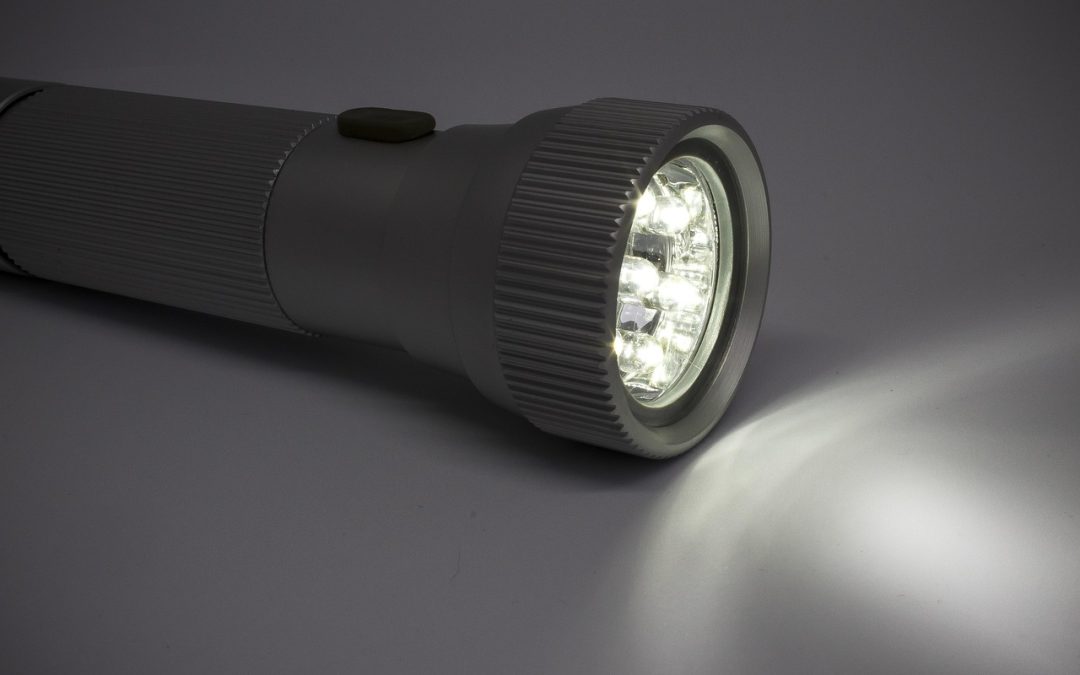Power outages are not merely an inconvenience—they can induce stress and pose risks if you are uncertain about the appropriate actions to take. From unexpected surges when power is restored to possible dangers associated with appliances and wiring, it is crucial to understand how to maintain safety. This guide aims to provide you with a comprehensive overview of everything necessary to manage a power failure in a calm and effective manner. You will discover practical measures to safeguard your home, straightforward methods to avert future complications, and unmistakable indicators that signal the need to consult a professional for assistance. Being well-prepared can significantly impact the safety of your family and home during unforeseen blackouts.
1. The Immediate Aftermath: What to Do During a Power Outage
When the lights go out, your primary concern should be safety. Do not take for granted that the power will remain off. An unexpected restoration of electricity may lead to a power surge, potentially harming appliances and electronic devices.
-
Turn Off Appliances: Immediately unplug or turn off major appliances like your oven, air conditioner, and refrigerator. This helps prevent a power surge from overloading them when power is restored.
-
Use Flashlights, Not Candles: Candles are a major fire hazard. Use battery-operated flashlights or headlamps. It’s a good idea to have an emergency kit ready with a flashlight, batteries, and a first-aid kit.
-
Check Your Breakers: Before you assume the whole neighborhood is without power, check your home’s circuit breaker panel. A tripped breaker can be the cause of a localized outage in your home. If you flip the switch back on and it immediately trips again, there’s a serious problem, and you should not try to fix it yourself.
-
Contact Your Utility Company: Once you’ve determined the outage isn’t a tripped breaker, report the outage to your local utility company. They can provide updates on when power is expected to be restored.
2. Understanding the Causes of Power Failures
Although certain power outages may result from circumstances beyond your influence, like a significant storm, others can be associated with the electrical system of your residence.
-
Weather and Grid Issues: Severe weather, including tropical storms, strong winds, or heavy monsoon rains, can damage power lines and transformers. Sometimes, a high demand on the electrical grid, especially during periods of extreme heat, can also lead to planned or unplanned outages.
-
Internal Electrical Problems: An overloaded circuit, faulty wiring, or a malfunctioning appliance can trip a breaker or, in a more serious case, cause a power outage to your home. Regular electrical inspections can help identify and fix these issues before they cause a problem.
-
External Damage: A tree branch falling on a power line or an animal damaging equipment can also be a common culprit.
3. The Professional’s Role: When to Call an Electrician
There are instances when a power outage transcends being merely an inconvenience and necessitates the skills of a qualified electrician.
-
Breaker Problems: If a circuit breaker keeps tripping repeatedly after you’ve reset it, it’s a clear sign of a significant problem, likely an overloaded circuit or a short. A professional can diagnose and fix this safely.
-
Partial Power: If some lights are working and some aren’t, or if some outlets have power while others don’t, it could indicate a larger issue with your home’s wiring or electrical panel.
-
Smell of Burning Wires: If you smell burning plastic or rubber, it could be a sign of an electrical fire. Do not try to find the source. Immediately turn off the main breaker and call an electrician or the fire department.
4. Advanced Solutions: Preparing for Uninterrupted Power
Considering the unpredictable characteristics of the weather and the increasing pressure on power grids, depending exclusively on the public supply has become an unfeasible long-term approach for numerous homeowners. By implementing proactive strategies, you can secure a dependable power supply for your residence.
-
Whole-Home Surge Protection: In a region prone to thunderstorms and lightning, a whole-home surge protector is not just an option—it’s a necessity. Installed at your main electrical panel, it provides the first line of defense against powerful surges that can fry your electronics in an instant.
-
Battery Energy Storage Systems (BESS): For a more modern and seamless backup solution, consider a BESS. These systems store energy and can provide instant, uninterrupted power to your home during an outage. When integrated with solar panels, they offer a self-sufficient way to keep your essential appliances and devices running, reducing your reliance on the grid and providing energy independence.
-
Home Generators: A traditional generator can be a powerful backup solution for extended outages. When properly installed by a professional, a standby generator automatically kicks on when the power goes out, ensuring your entire home remains powered.
Conclusion
Ultimately, navigating a power outage is about preparedness and safety. By taking these essential steps—from understanding the causes to knowing when to call a professional—you can protect your home and family. While some outages are beyond your control, proactive measures like installing surge protectors or a backup power system can provide you with peace of mind. Remember, your home’s electrical system is complex. If you encounter a problem that seems beyond a simple fix, don’t hesitate. The safest and smartest decision is always to consult a qualified electrician.

